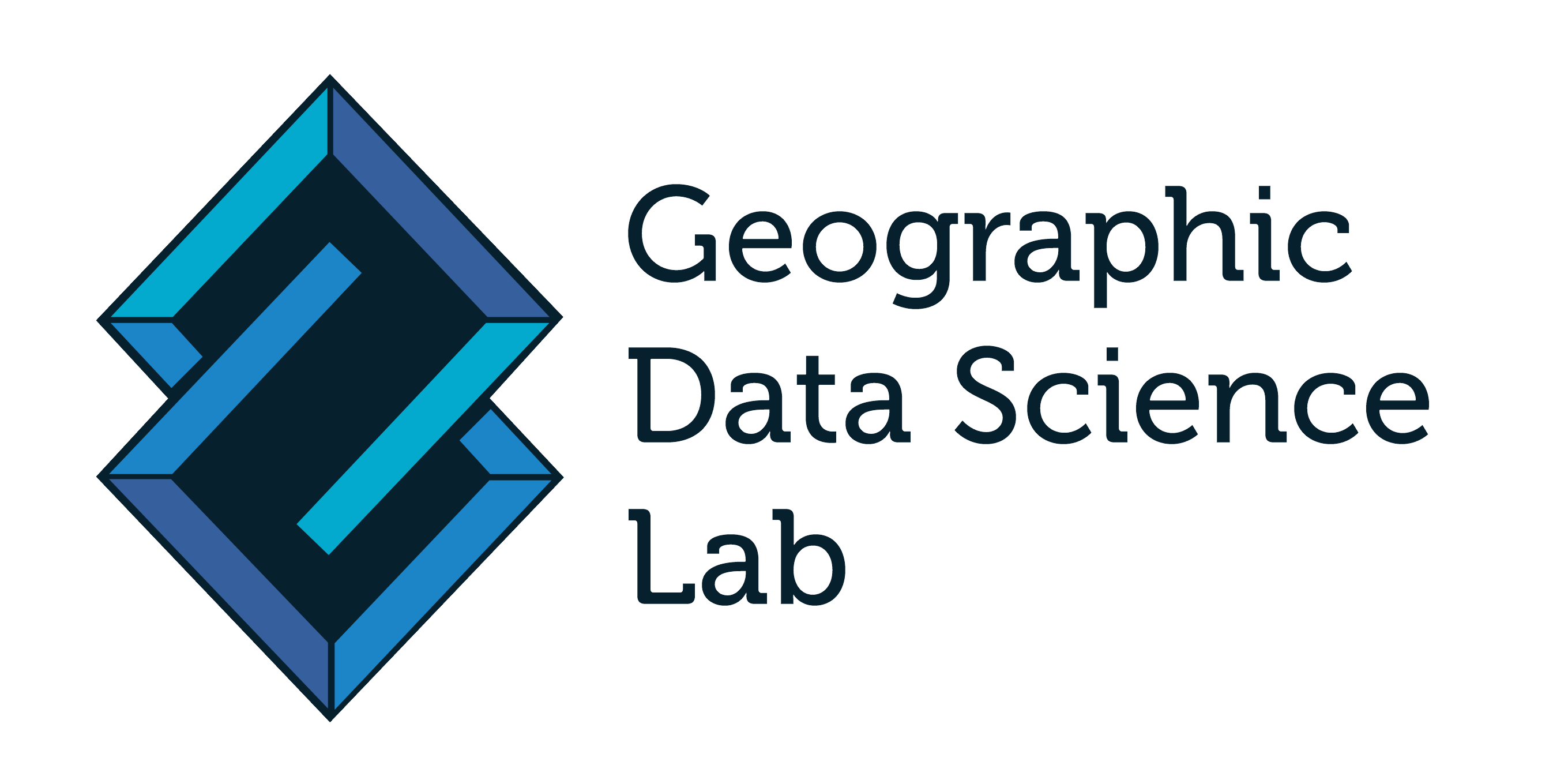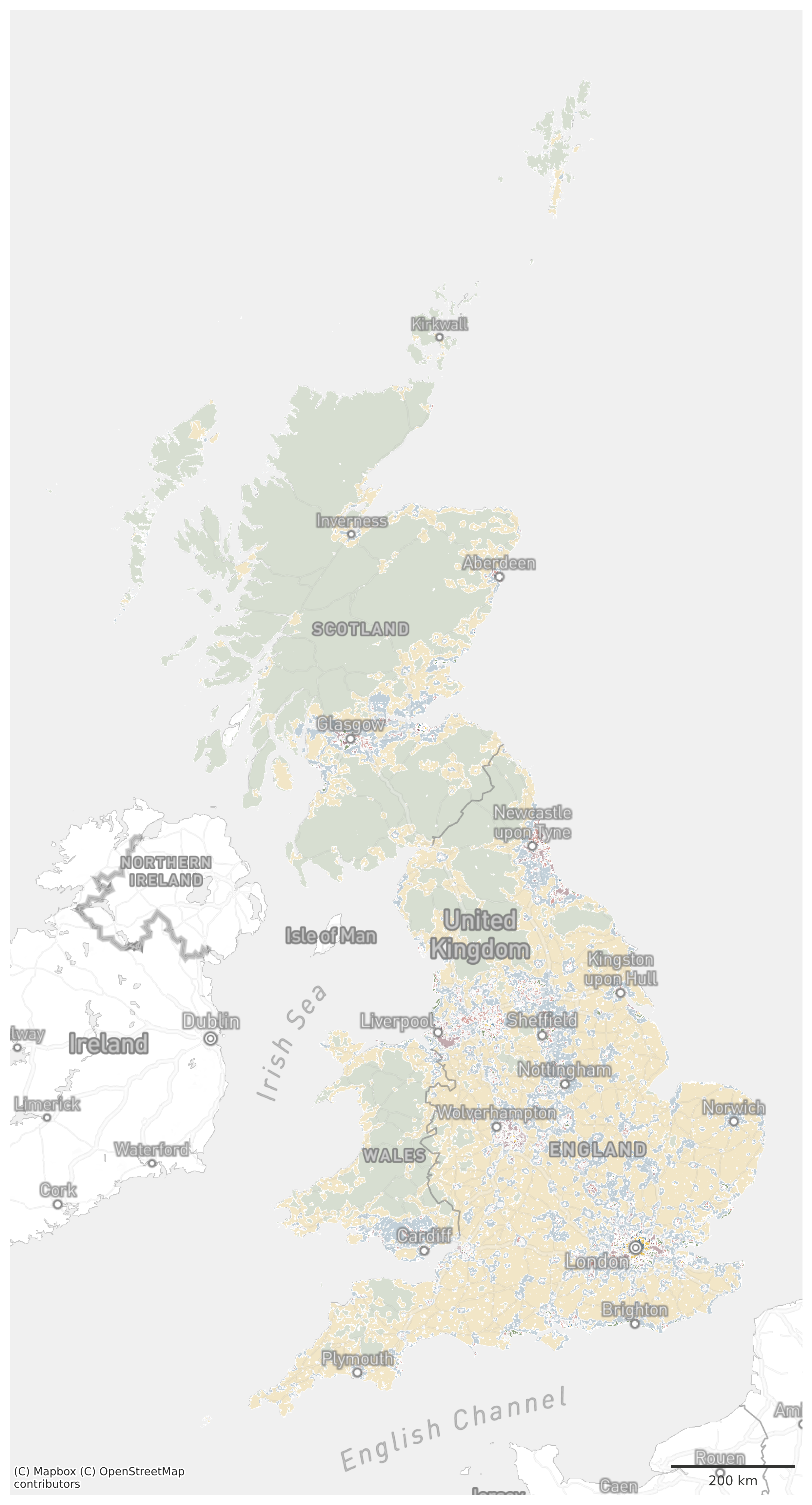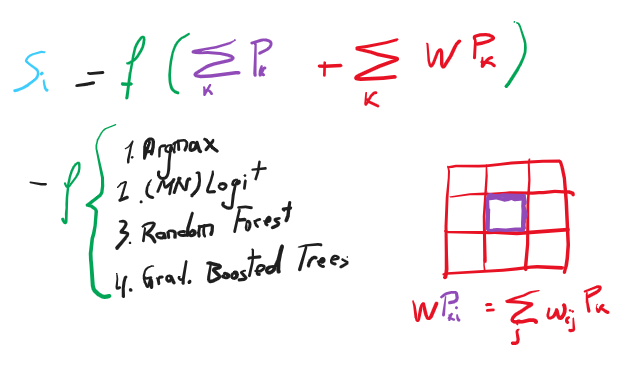Using deep learning to identify (urban) form and function in satellite imagery
The case of Great Britain
|
|
|
@darribas]
|
@martinfleis]
|

|

|

|
Spatial Signatures
|
BRITISH SIGNATURES Countryside (3) Periphery (4) Urban (9)
|

|
🛰
Sentinel 2

What do we want to do?
Chip size effect
80x80m: 13760 chips, which is 74 % of maximum
160x160m: 2718 chips within, which is 57 % of maximum
320x320m: 423 chips within, which is 35 % of maximum
640x640m: 38 chips within, which is 13 % of maximum
320x320m, chips capturing the proportion (100% of maximum)
Sliding
Probability modelling

Preview of results
Image classification - Overall accuracy 42.8%
Multi-output regression - Overall accuracy 43.5%
Image classification - Wild countryside
Multi-output regression - Wild countryside
Image classification - Urbanity
Multi-output regression - Urbanity
Multi-output regression - Predicted class (320x320m)
The takeaway
- Better (spatial) evaluation of model performance
- Probability modeling: does it make (any) sense?
- Anything else?
Using deep learning to identify (urban) form and function in satellite imagery
The case of Great Britain
|
|
|
@darribas]
|
@martinfleis]
|

|

|

|


